
Fahrenheit 451 is a 1953 dystopian novel by American writer Ray Bradbury. It presents a future American society where books have been outlawed and "firemen" burn any that are found. The novel follows in the viewpoint of Guy Montag, a fireman who soon becomes disillusioned with his role of censoring literature and destroying knowledge, eventually quitting his job and committing himself to the preservation of literary and cultural writings.

Ray Douglas Bradbury was an American author and screenwriter. One of the most celebrated 20th-century American writers, he worked in a variety of genres, including fantasy, science fiction, horror, mystery, and realistic fiction.

The Illustrated Man is a 1951 collection of 18 science fiction short stories by American writer Ray Bradbury. A recurring theme throughout the stories is the conflict of the cold mechanics of technology and the psychology of people. It was nominated for the International Fantasy Award in 1952.

William Francis Nolan was an American author who wrote hundreds of stories in the science fiction, fantasy, horror, and crime fiction genres.
"A Sound of Thunder" is a science fiction short story by American writer Ray Bradbury, first published in Collier's magazine in the June 28, 1952, issue, and later in Bradbury's collection The Golden Apples of the Sun in 1953.
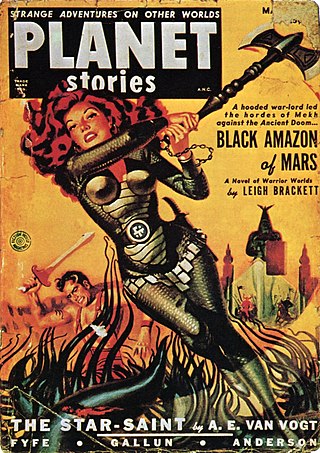
Planet Stories was an American pulp science fiction magazine, published by Fiction House between 1939 and 1955. It featured interplanetary adventures, both in space and on some other planets, and was initially focused on a young readership. Malcolm Reiss was editor or editor-in-chief for all of its 71 issues. Planet Stories was launched at the same time as Planet Comics, the success of which probably helped to fund the early issues of Planet Stories. Planet Stories did not pay well enough to regularly attract the leading science fiction writers of the day, but occasionally obtained work from well-known authors, including Isaac Asimov and Clifford D. Simak. In 1952 Planet Stories published Philip K. Dick's first sale, and printed four more of his stories over the next three years.
"The Fog Horn" is a 1951 science fiction short story by American writer Ray Bradbury, the first in his collection The Golden Apples of the Sun. The story was the basis for the 1953 action horror film The Beast from 20,000 Fathoms.

It Came from Outer Space is a 1953 American science fiction horror film, the first in the 3D process from Universal-International. It was produced by William Alland and directed by Jack Arnold. The film stars Richard Carlson and Barbara Rush, and features Charles Drake, Joe Sawyer, and Russell Johnson. The script is based on Ray Bradbury's original film treatment "The Meteor" and not, as sometimes claimed, a published short story.
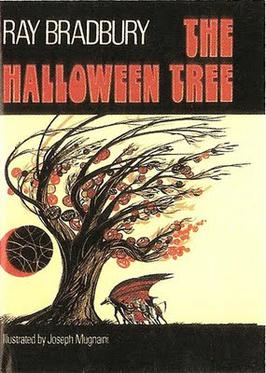
The Halloween Tree is a 1972 fantasy novel by American author Ray Bradbury, which traces the history of Samhain and Halloween. The novel was adapted as a 1993 film, and an annual Halloween Tree has been exhibited at Disneyland in California since 2007.

A Graveyard for Lunatics: Another tale of two cities is a mystery novel by American writer Ray Bradbury, published in 1990. It is the second in a series of three mystery novels that Bradbury wrote featuring a fictionalized version of the author himself as the unnamed narrator.

Henry Louis Hasse was an American science fiction author and fan. He is probably known best for being the co-author of Ray Bradbury's first professionally published story, "Pendulum", which appeared in November 1941 in Super Science Stories. Hasse co-authored two more published stories with Bradbury: "Gabriel's Horn" (1943) and "Final Victim" (1946).
"There Will Come Soft Rains" is a science fiction short story by author Ray Bradbury written as a chronicle about a lone house that stands intact in a California city that has otherwise been obliterated by a nuclear bomb, and then is destroyed in a fire caused by a windstorm. The title is from a 1918 poem of the same name by Sara Teasdale that was published during World War I and the Spanish flu pandemic. The story was first published in 1950 in two different versions in two separate publications, a one-page short story in Collier's magazine and a chapter of the fix-up novel The Martian Chronicles.
"The Pedestrian" is a science fiction short story by American writer Ray Bradbury. This story was originally published in the August 7, 1951 issue of The Reporter by The Fortnightly Publishing Company. It is included in the collection The Golden Apples of the Sun (1953), but was dropped from later editions of this collection.
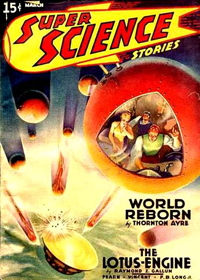
Super Science Stories was an American pulp science fiction magazine published by Popular Publications from 1940 to 1943, and again from 1949 to 1951. Popular launched it under their Fictioneers imprint, which they used for magazines, paying writers less than one cent per word. Frederik Pohl was hired in late 1939, at 19 years old, to edit the magazine; he also edited Astonishing Stories, a companion science fiction publication. Pohl left in mid-1941 and Super Science Stories was given to Alden H. Norton to edit; a few months later Norton rehired Pohl as an assistant. Popular gave Pohl a very low budget, so most manuscripts submitted to Super Science Stories had already been rejected by the higher-paying magazines. This made it difficult to acquire good fiction, but Pohl was able to acquire stories for the early issues from the Futurians, a group of young science fiction fans and aspiring writers.
"The Veldt" is a science fiction short story by American author Ray Bradbury. Originally appearing as "The World the Children Made" in the September 23, 1950, issue of The Saturday Evening Post, it was republished under its current name in the 1951 anthology The Illustrated Man.
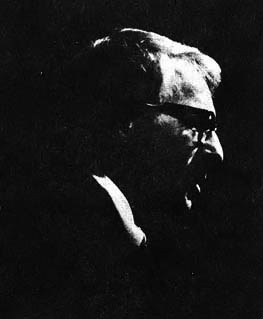
The following is a list of works by Ray Bradbury.

The Other Side of the Moon is an anthology of science fiction stories edited by American writer August Derleth. It was first published by Pellegrini & Cudahy in 1949. Many of the stories had originally appeared in the magazines The Graphic Christmas, Astounding Stories, Thrilling Wonder Stories, Wonder Stories, Weird Tales, Blue Book, Planet Stories, The Saturday Evening Post, Collier's Weekly or in the collections The Fourth Book of Jorkens by Lord Dunsany and The Witchfinder by S. Fowler Wright.
"The Rocket" is a science fiction short story by American writer Ray Bradbury. It is also included in The Illustrated Man, a collection of short stories by Ray Bradbury.
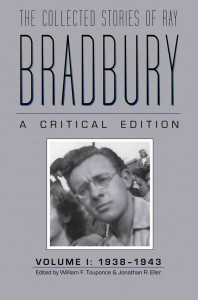
The Collected Stories of Ray Bradbury is a projected eight-volume scholarly publication by Kent State University Press aiming to collect every short story published by Ray Bradbury, presented in chronological order with textual apparatuses, edited by professors William F. Touponce and Jonathan R. Eller. The publication is approved by the Modern Language Association. The first volume, The Collected Stories of Ray Bradbury: A Critical Edition – Volume 1, 1938–1943 (ISBN 978-1606350713), was published on February 21, 2011. The second volume, The Collected Stories of Ray Bradbury: A Critical Edition – Volume 2, 1943–1944 (ISBN 978-1606351956), was published in September, 2014. The third volume, The Collected Stories of Ray Bradbury: A Critical Edition - Volume 3, 1944-1945 (ISBN 978-1-60635-071-3), was published in May, 2017.
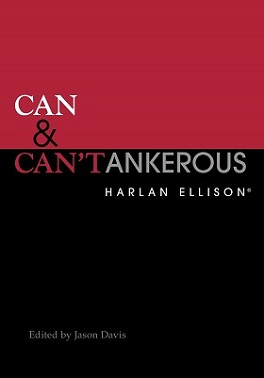
Can & Can'tankerous is a 2015 collection of previously uncollected short stories written by Harlan Ellison. The collection includes the story "How Interesting: A Tiny Man", which won the 2011 Nebula Award for Best Short Story alongside "Ponies" by Kij Johnson. The collection was edited by Jason Davis and includes an introduction to the story "Loose Cannon" written by Neil Gaiman.













